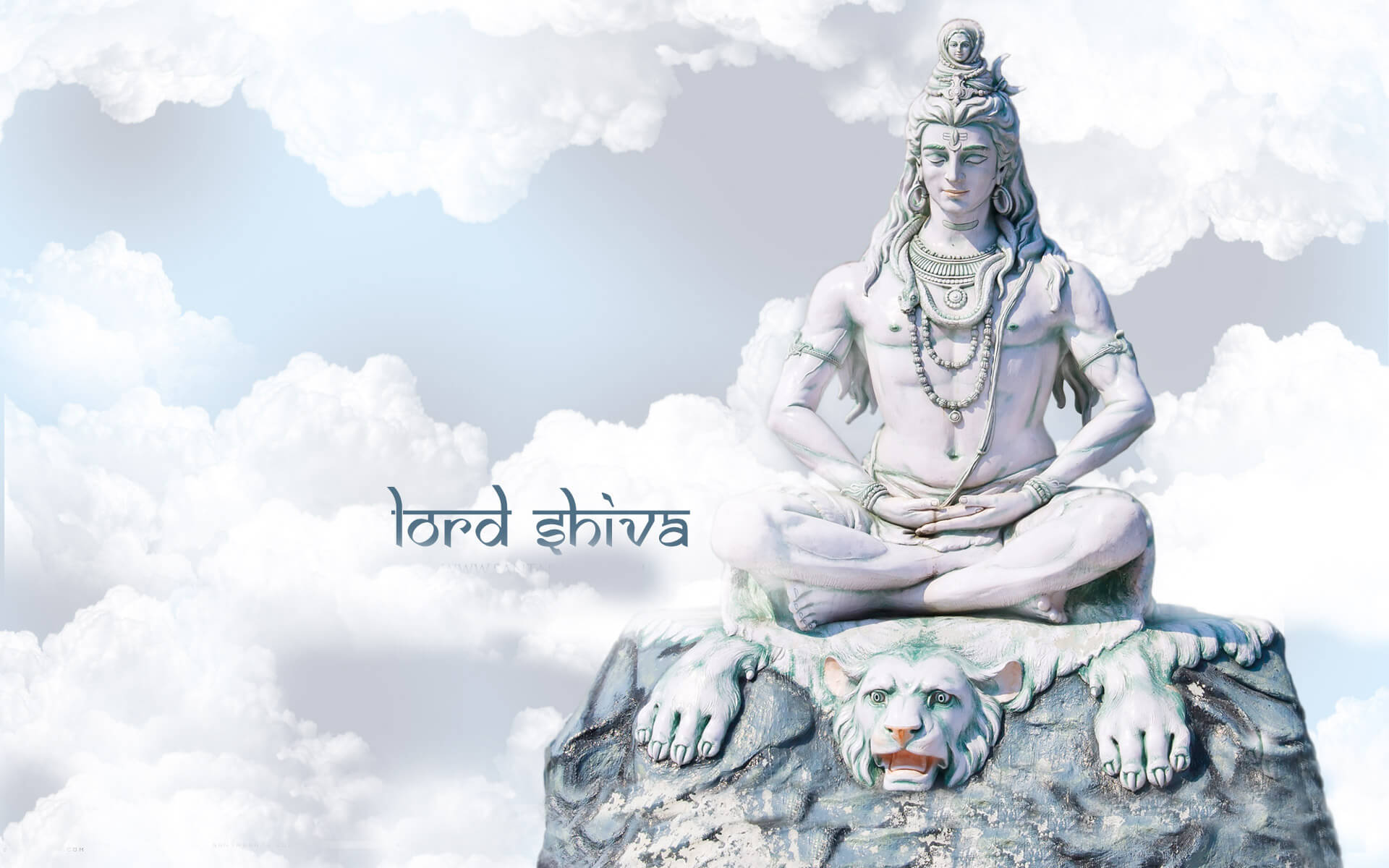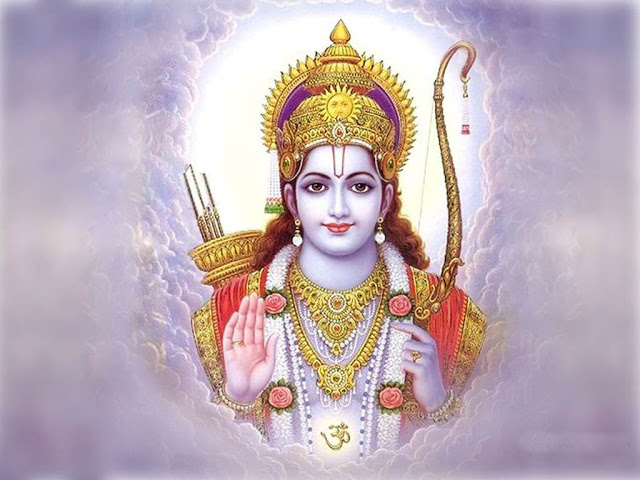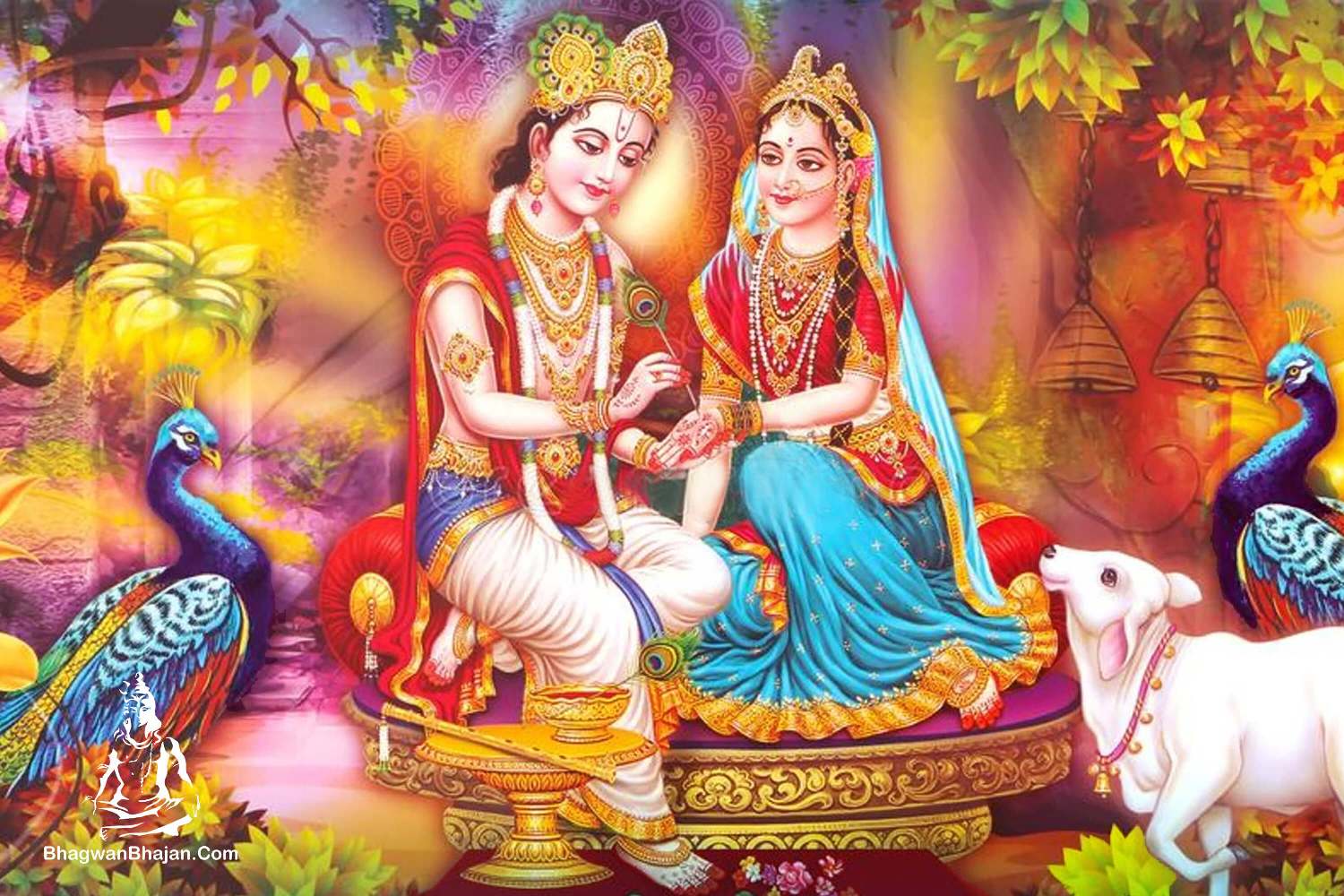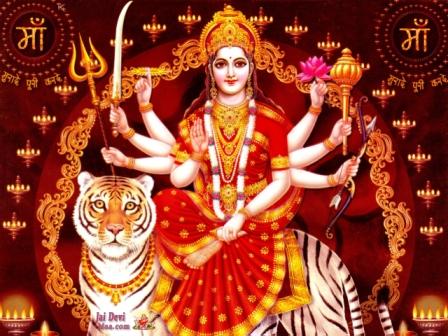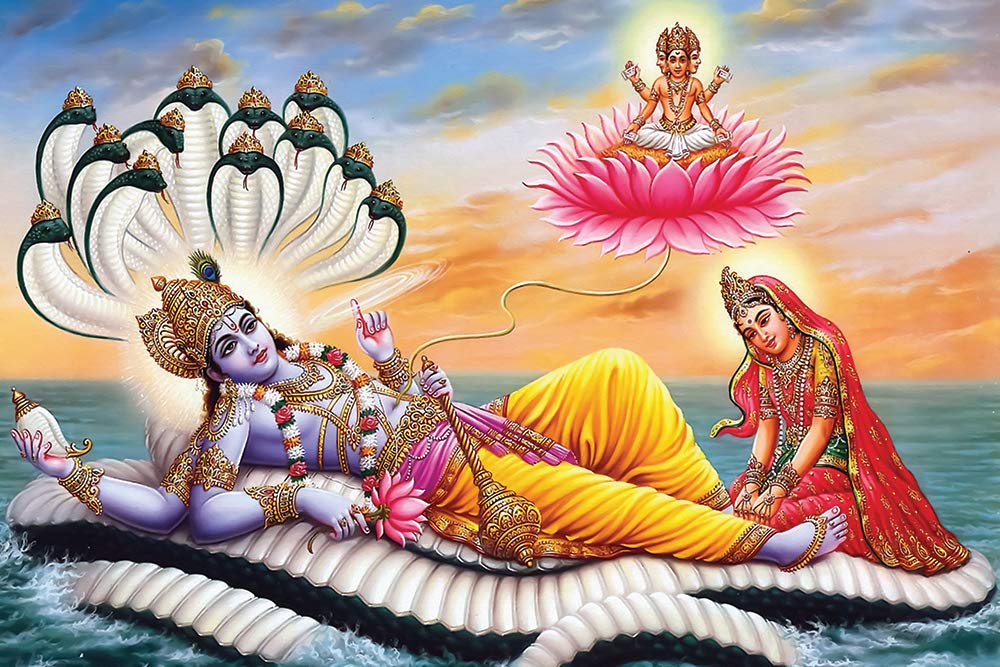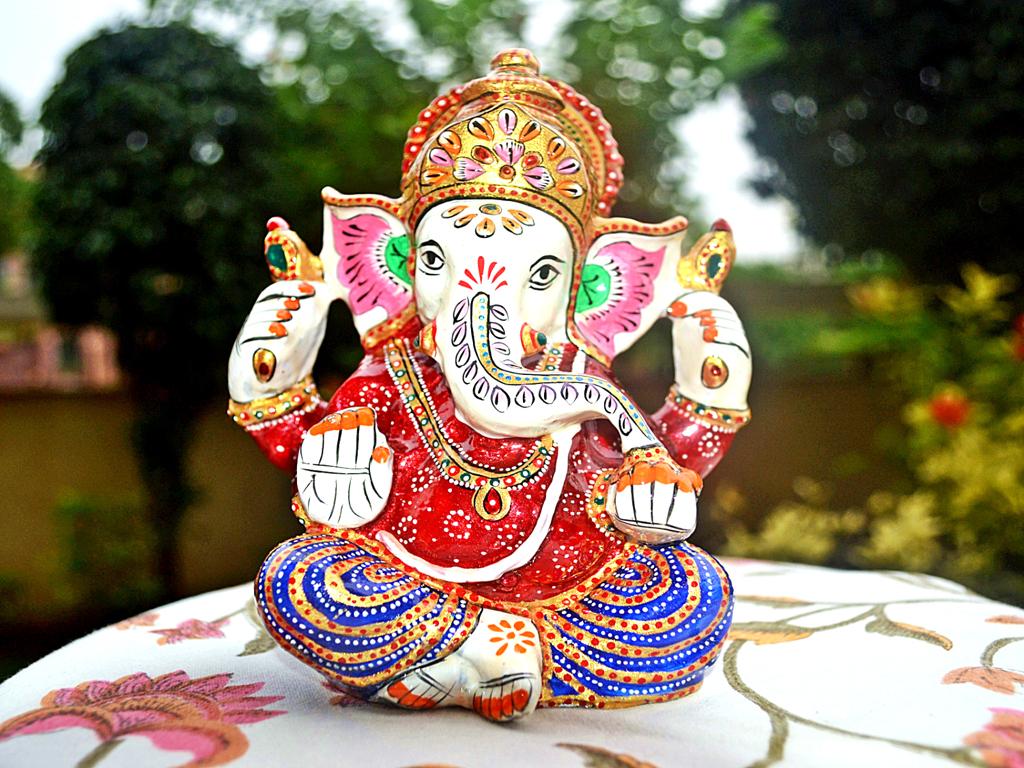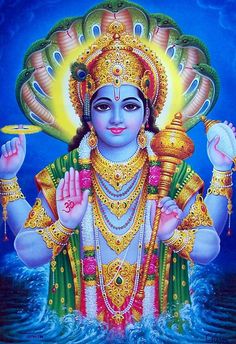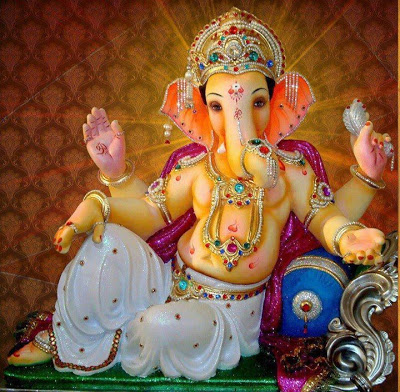
Somnath Temple of Bhagwan Shiv | Somnath Mandir / श्री सोमनाथ मंदिर

Shree Somnath is first among the twelve Aadi Jyotirlings of India.
Somnath Temple stands as a symbol of rich cultural heritage of India. The mention of this ancient Somnath Temple has been made in the scriptures like 'Rig Veda' of the Hindu origin.
The term Somnath suggests 'the protector of Moon God'.
Lord Shiva is depicted here in the form of a Jyotirlinga (linga of light), as the protector.
The incredible temple of Somnath is called as 'the Shrine Eternal' since, the temple has been shattered for not less than six times and every time, it has been reconstructed.
History of Somnath :
The History of Somnath (as in referring to the city) is so completely dominated by the History of Somnath Temple that it would not be exaggeration in the least to say that they are synonymous.
Not much is known about the early History of Somnath temple. However it is popularly believed that the first temple existed even before the commencement of the Christian era.
The second was built in the period 480-767 A.D. by the Vallabhi kings. This was again replaced by the Pratihara king Nagabhattta II in 815 A.D.
The Somnath temple which enshrines one of the twelve Jyotirlingas was so highly revered that people from various nook and corners of the country came to offer their prayers here.
As many as 2000 Brahmin priests were engaged in temple activities and the revenue collected from ten thousand villages were used for its maintenance.
Prayers were announced by ringing the bell which was attached to a golden chain. Its walls were nothing less than pages of History.
The exquisite sculptures were a reflection of the times and the pillars even had the names of the sculptors carved on them.
Unfortunately what happened in the year 1025 was a very unfortunate event in the Somnath temple history.
Muhammad of Ghazni invaded the city and in spite of the valiant resistance put up by fifty thousand Shaivites, the temple was looted and razed to the ground. What was regarded as an architectural masterpiece was demolished brutally.
King Bhima of Gujarat and King Bhoja of Malwa then took upon themselves the noble task of renovating this fine edifice in red sandstone. However it was fated to be destroyed once again by Alaf Khan in 1300 A.D. This time King Mahipala belonging to the Chudasama dynasty renovated it.
Thereafter also the History of Somnath is punctuated with episodes of destruction and reconstruction at various points of time in the 14th, 15th and 16th centuries. Finally the temple was once again ruined in 1706 by Mughal Emperor Aurangzeb.
After that more than two hundred years passed before Sardar Vallabhbhai Patel finally took upon himself the responsibility of constructing it once again in the year 1947. Much to the glory and pride of not just Somnath but of the whole of India this stunning temple was once again reincarnated. Presently this "Shrine Eternal" is visited by a large number of pilgrims as well as by common tourists. So without further delay you too can plan your Tour to Somnath to witness this majestic temple.
Legend of Somnath Temple :
Skanda Purana, in a chapter on Prabhasa Khanda, describes the emergence of this Jyotirlinga.
Legend goes that the moon was married to the 27 daughters of Daksha Prajapati. Amongst all his wives, he had special love towards Rohini and neglected the others. Seeing the negligence of Chandra towards his other wives Prajapati Daksha cursed Chandra that he would lose his beauty and radiance. But because of a moon devoid of radiance and beauty the entire world became lifeless.
A disturbed Chandra, came down to Prabhasa with Rohini and worshipped the Sparsa Linga of Somnath after which he was blessed by Lord Shiva to grow and shine in the bright half.
As the moon regained his light here, this town came to be known as Prabhasa. Brahma, one of the trinity, installed the Brahmashila, and paved way for the construction of the temple.
On the request of the Chandrama and other gods Lord Shiva assumed the name Somchandra (Jyotirlinga) and resided there eternally. He became famous by the name Somnath in the three worlds. Since, it was the Prabhas Kshetra where Bhagwan Shri Krishna performed all his Lilas. In this temple there is a small cave in which a lamp burns continuously.
The Skanda Purana describes the Sparsa Linga of Somnath as one bright as the sun, the size of an egg, lodged underground. The Mahabharata also refers to the Prabhasa Kshetra and the legend of the moon worshipping Lord Shiva.
Mythology Behind Somnath Temple of Bhagwan Shiv :
Soma is the name of the moon, the son in-law of Daksha. Once Soma had disobeyed a certain instruction given by his father-in-law. Later then Daksha was so angry that he cursed him, saying, "Thou shalt wane!" The moon, who used to shine in full splendor every night till those days then , started to shrink. However, before such a curse brought about an absolute end to the moon, many a Gods requested Daksha to revoke his curse. Then Daksha asked Soma to take a bath in the sea at the mouth of the river Saraswati and then asked to pray to Lord Shiva. Hence at Prabhasa, Lord Shiva came to be known as Somanath, the Lord of the Moon.
Somnath temple is considered as the most revered and holy shrine in the country, as it is one among the twelve prominent Jyotir-lingas which have a special reference for the Hindus. The Somnath Mandir finds proud mention in the Rig Veda and even Somnath means `the protector of Moon god`. Very much celebrated city of Somnath lies along the southern shores of Saurashtra, Gujarat. It has been said that people from the remotest parts of the country come here to worship at Somnath.
It has also been believed that the Somnath Temple was first built with gold by Moon god with help of silver by Ravana, with sandalwood by Lord Krishna and with stone by Bhimdeva who was the Solanki ruler of Gujarat. During the 1950 the construction of the present day temple began. Today it is the 7th temple built to commemorate the grandeur of Lord Somnath who was also known as Bhairaveshwar in the Satya Yug, Sharavanikeshwar in the Treta Yug and Shringaleshwar in Dwapar Yug.




